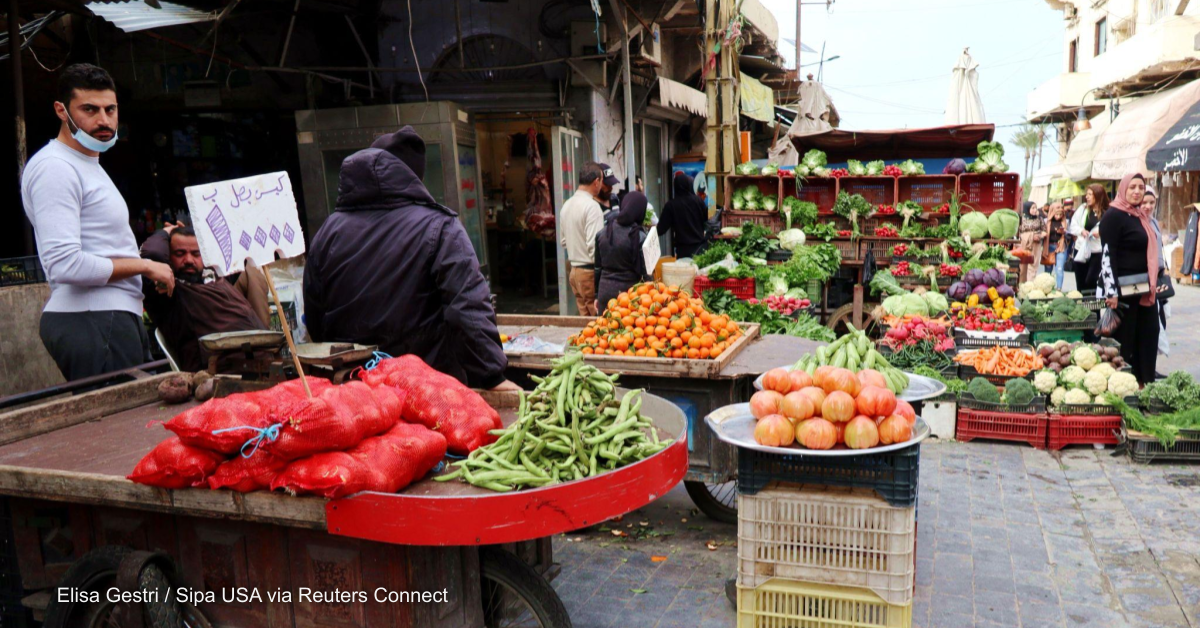Inflation in Latin America is rising fast, hurting many people. But there are ways to ease inflationary pressures.
A key first step is to diversify, in a good way, away from commodities so that Latin America’s economies are less susceptible to the booms and busts of commodity markets. This will take time, though.
1. Dependence on Commodities
Latin America is highly dependent on commodity exports, which makes it vulnerable to booms and busts in global markets. This dependency is due to protectionism, which encourages the expansion of large corporations’ production by offering tax breaks, public credits and subsidies.
This expansion often results in high prices for farmers and the poorest households, which can spark social unrest. In addition, the depreciation of the local currency can increase costs and influence food prices.
2. High Oil Prices
The high oil price is a key determinant of food prices. Industrialization, production and daily life demand energy resources.
Forecast error variance decomposition, impulse response function and panel Granger causality tests were used to analyze the determinants of food inflation in six Latin American countries. It was found that wages and the exchange rate have a weak influence on food inflation, while the impact of temperature and oil prices increases over time.
3. Unemployment
Inflation reduces households’ purchasing power, particularly in lower-income households that allocate a large portion of their budget to food. To address this issue, countries can implement a variety of integrated policies that combine agricultural support programs, social protection and price regulation.
The coronavirus pandemic has slowed down the economic recovery, and inflation is exacerbated by higher food prices. If this trend continues, poverty and extreme poverty could rise again in 2022 compared to pre-pandemic levels.
4. High Debt
Many Latin American countries came into the COVID-19 pandemic with elevated debt levels that will take years to stabilize. As a result, their capacity to support economic growth and cushion shocks will be limited.
Countries can improve their debt composition by reducing the share of foreign currency debt and extending maturities. This would lower risks but will require significant efforts to achieve.
5. Inequality
One popular theory about the protests in Latin America is that they were a response to rising income inequality. But this isn’t true, at least not for all countries.
In fact, inequality has remained high in Latin America for generations. Inequalities reproduce across generations because of differences in initial endowments and opportunities. This limits talent allocation, economic growth and social cohesion.
6. Inflation Hits the Poor Harder
In Latin America and the Caribbean, rising prices hit poor households harder. These households spend a higher share of their incomes on food and fuel, leaving little room to reduce spending when prices rise.
High inflation can cause stress, especially for families with children. This could stoke political discontent in the region, which is already weighed down by a deceleration in economic activity and falling commodity prices.
7. Rising Food Prices
Food prices are a major problem for developing countries, which spend a large part of their incomes on food. Our study examined the impact of selected determinants on food inflation in Latin American countries.
Temperature and oil price were significant determinants of food inflation, while wages in the agricultural sector had little effect. The results of forecast error variance decomposition and Granger causality tests indicate that the exchange rate had a negative effect on food inflation, except in Ecuador.
8. Sluggish Economic Growth
While fiscal support and lifting mobility restrictions boosted demand for goods, the recent rise in core services inflation makes it harder to contain inflation. This will be especially difficult if governments fail to ramp up social protection programs.
Latin American lawmakers must walk a fine line between spending enough to spur a recovery and avoiding a backlash that risks alienating their constituents. Cash transfer programs can help, but they cannot solve the root causes of inflation.
9. Unfavorable Exchange Rates
A number of Latin American countries are heavily dependent on imports of inputs to produce food. As such, any large changes in the currency can have a pass-through effect on prices.
Scrutinizing the determinants of food inflation is crucial for developing countries, which need to spend a significant portion of their incomes on purchasing food. A recent study conducted forecast error variance decomposition analysis on a range of determinants to assess their impact on food inflation.
10. Economic Diversification
Economic diversification is critical. Without strong commercial ties to neighboring countries, nations tend to be relegated to the raw materials and finished goods ends of global supply chains, which caps potential growth.
While Latin American leaders have long praised the idea of regional integration, there are many reasons that aspirations remain rhetoric rather than reality. These include differing colonial legacies, economies and ideologies.
